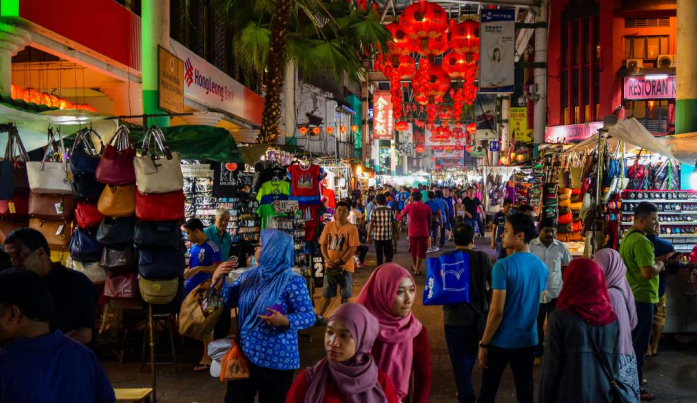The transition toward the post-pandemic era has significant implications for the food and beverage (F&B) industry, presenting numerous potential growth opportunities and challenges. This involves considerations like how F&B businesses will pivot from online commerce back to physical retail or how consumer behavior will shift in a post-pandemic context.
With this, numerous doors open for the F&B industry and how it can improve its current state. In 2023, expect F&B players to make short- and long-term changes informed by emerging post-pandemic trends.
Post-Pandemic Trajectory of F&B in SEA
During the pandemic, one of the adjustments made by the F&B industry was the retooling of vacant kitchen spaces to cloud kitchens. A cloud kitchen, commonly referred to as a ghost kitchen or a shared kitchen, provides restaurant operators and food entrepreneurs with low-cost commercial cooking space for food delivery and takeaway exclusively. Through this setup, a cloud kitchen enables several brands to operate from the same space while still maintaining their businesses’ respective identities.
But because cloud kitchens and similarly related concepts rely exclusively on online channel customers, approaching endemicity may require F&B businesses to re-examine their current operating models. Almost certainly, F&B operators will need to make concessions catering to physical, in-person consumers accustomed to brick-and-mortar setups. Businesses with cloud kitchen operations will likely transition toward omnichannel approaches, including physical and sales channels. Moreover, this transitionary period can explore different operating models to determine which is best suited for the post-pandemic era.
Another trend that could potentially inform the development of Southeast Asia’s F&B industry is the growing consciousness surrounding sustainability, which manifests in retailers’ environmental, social, and governance (ESG) agenda. Like consumers in other parts of the world, the Asian market now has a greater awareness of a business’s ESG initiatives, affecting their spending behavior. To ensure that F&B players can attract the business of such consumers, operators should look at their process end-to-end and see which parts can be adjusted to create sustainable changes.
For instance, F&B companies with physical stores can consider converting to renewable energy, wherein sources like solar panels become their operations’ primary power source. Other changes, like moving away from single-use plastics for packaging and utensils or sourcing ingredients from sustainable farming producers, can also help influence F&B businesses to create an environmentally friendly brand image.
Perhaps most importantly, Southeast Asia’s F&B industry can benefit most from big data and analytics in a post-pandemic setting. Specifically, F&B players can emulate how others in the retail sector have leveraged big data analytics to acquire actionable insight that helps retain and capture existing and new consumers. Aside from this, F&B can also leverage data to improve day-to-day operations, as analytics can improve inventory management, thus improving overall efficiency and potentially mitigating losses.
To get insight into other emerging trends in Southeast Asia’s retail industry and related sectors, subscribe to our newsletter hereand check out these reports:







